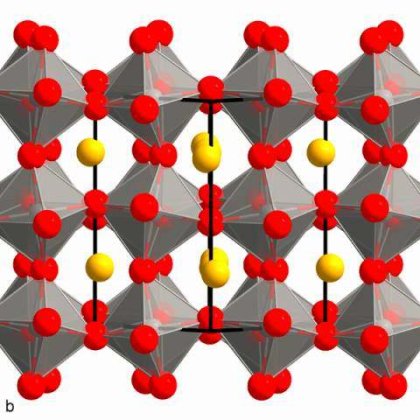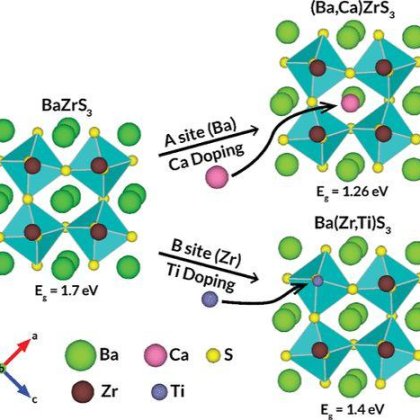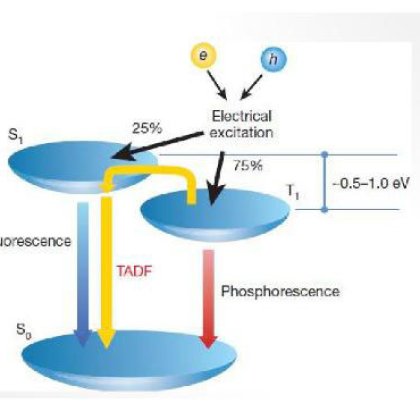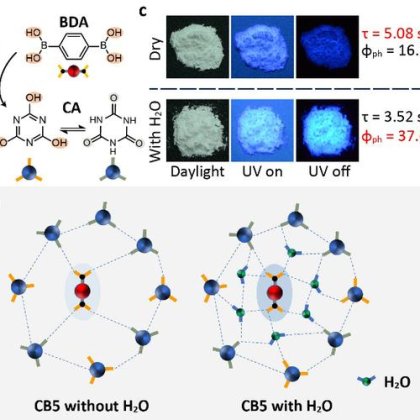Cesium lead iodine bromine
Purity: ≥99.0%
Synonyms: CsPbIBr2 Perovskite
CAS number: /
Molecular formula: Br2CsIPb
Molecular weight: 626.82
In-depth understanding the temperature-dependent reversible phase transition in CsPbI3−xBrx perovskites and its associated photophysical properties
Yuan, Songyang; Deng, Jiahuan; Xiong, Hui; Wu, Wenwen; Ma, Zhipeng; Wang, Mengqi; Li, Wenzhe; Fan, Jiandong [Journal of Materials
Abstract
Although all-inorganic CsPbI3−xBrx (0 ≤ x ≤ 3) perovskites largely display potential for photoelectric applications, an in-depth understanding of the origin of the phase transition and its associated photophysical properties is still lacking. Herein, we develop an in situ characterization technique that allows us to synchronously observe the crystallographic microstructure information in reciprocal space and the temperature-dependent phase transition process (α → β → γ → δ) on an atomic scale. A temperature-composition phase diagram for CsPbI3−xBrx perovskite is elaborately established with a curve T = −72.2x + 322.3 (0 ≤ x ≤ 2.5). Likewise, the phase-transition-associated octahedral tilting in CsPbI3−xBrx is theoretically proved to be closely related to the strong noncovalent interaction between two adjacent halide Br/I atoms in CsPbI3−xBrx perovskites through density functional theory (DFT) calculations. While the temperature-dependent phase transition occurs, we find that the diversification of carrier mobility and LD (carrier diffusion length) are significantly influenced by both the carrier-phonon coupling and the efficient transport of excitons. This study has its roots in a completely new crystallographic domain that could further advance our knowledge of perovskite phase transition and thereby provide an innovative foundation for closely related applications, including solar cells and other optoelectronic devices.
Multi-dimensional collaborations boost lead halide perovskite driven superior and long-period CO2 photoreduction under liquid-phase H2O environment
Chen, Qiao; Lan, Xuefang; Qi, Beining; Ren, Chunyan; Shi, Jinsheng [Journal of Alloys and Compounds, 2022, vol. 899, art. no. 163316]Abstract
CsPbBr3 is considered as a promising photocatalyst owning to its excellent photoelectronic characteristics. However, the photocatalytic activity is still unsatisfactory due to its narrow light absorption range, weak electron reduction potential, and poor water-resistance. In this work, a three-dimensional porous melamine foam (MF) supported CsPbBr3−xIx was prepared via facile anti-solvent (isopropanol, IPA) and ion doping strategies, which successfully realize efficient photocatalytic CO2 reduction under liquid-phase H2O medium. The anti-solvent strategy enables uniform distribution of perovskite crystals on MF surface, which is beneficial to the increase of specific surface area and active sites. The iodine ion (I-) replacement can enhance light absorption and electron reduction capacity of CsPbBr3, contributing to the CO2 photoreduction. Under simulated solar irradiation, powdery CsPbBr3 exhibits no photocatalytic activity owing to its quick degradation in H2O medium. Interestingly, MF assisted perovskites presents the enhanced performance, with 195.97 μmol g−1·h−1 of product yield for CsPbBr2I (IPA), which is 22.0 times higher than that of MF/CsPbBr3. Moreover, the excellent photothermal recoverable effect and surface hydrophobicity of MF/CsPbBr2I (IPA) result in a long-period and stable photocatalytic CO2 reduction with no evident decrease of photocatalytic activity during 42 h.
| Characteristic 1 | Br |
| Characteristic 2 | CS |













